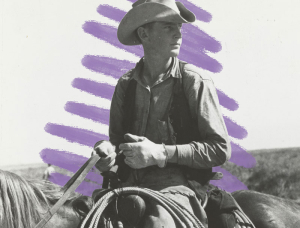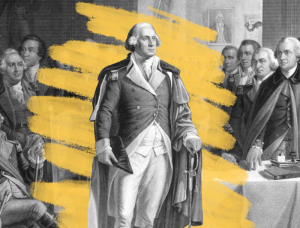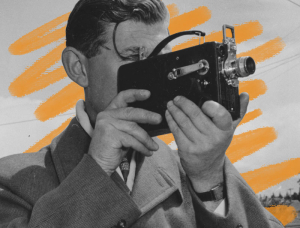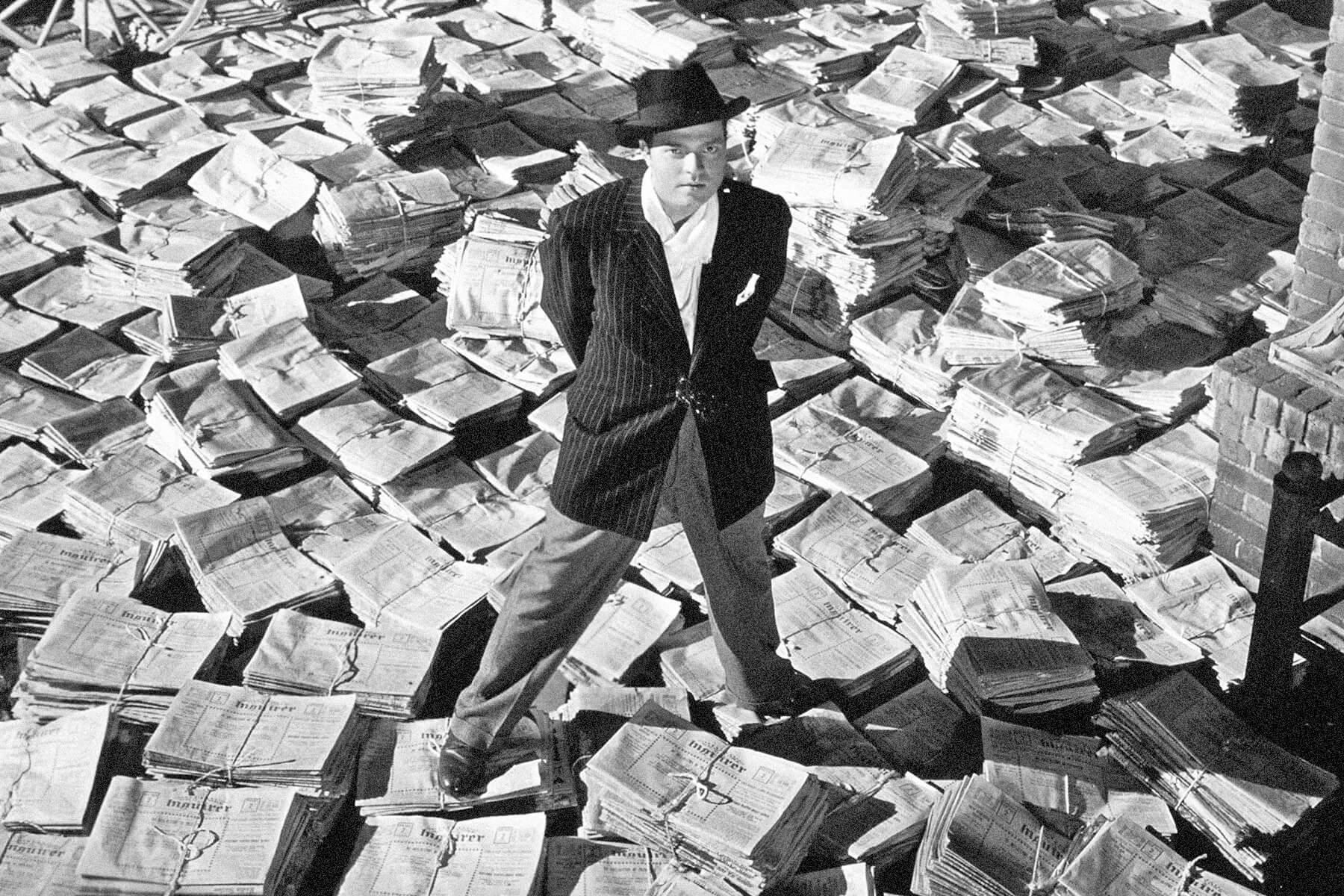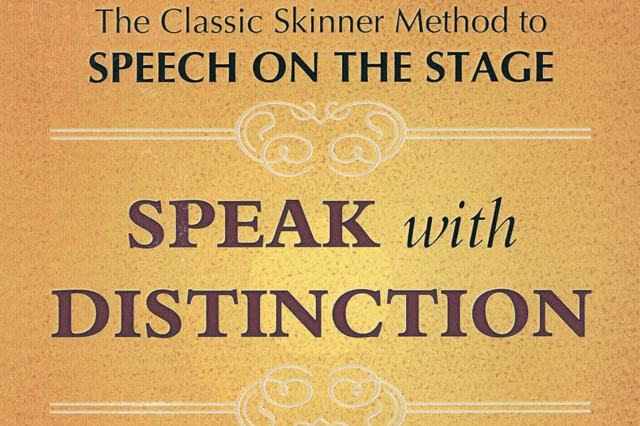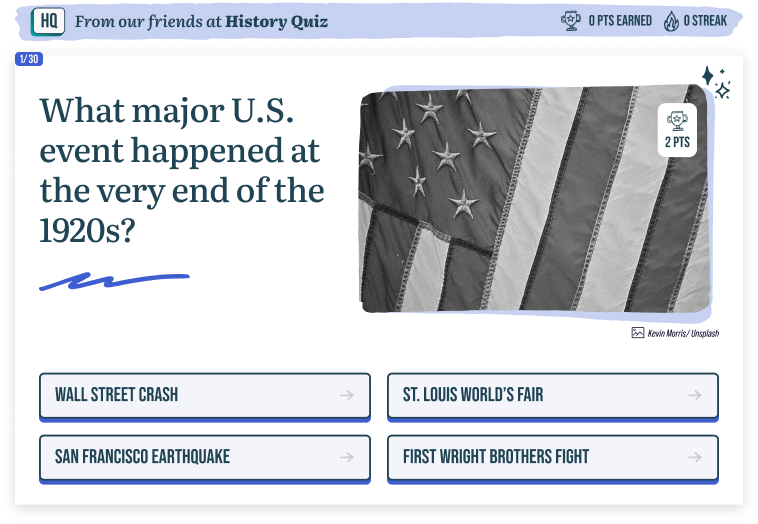Why Do Actors Sound So Different in Old Movies?
Despite their differences, the United States and England have a lot in common. A “special relationship” has bound the countries together since at least 1946, when Winston Churchill coined the phrase after the Allied victory in World War II. For evidence of the similarities, one need look no further than the movies of that era. Actors such as Cary Grant, Katharine Hepburn, and other luminaries of Hollywood’s golden age — which peaked in the 1930s and ’40s — spoke in a way that was common at the time but now seems a relic of the age.
Technology was a factor: Sound recording wasn’t as advanced as it is today, with companies such as Western Electric promising “noiseless recording” that might not sound fully noiseless to 21st-century ears. And many actors of the era began their careers on the stage and had been trained to deliver lines in a way that likewise sounds old-fashioned. Most distinctive of all, however, was the accent. It sounded like a fusion of American English and British English, hence its name: the transatlantic accent.
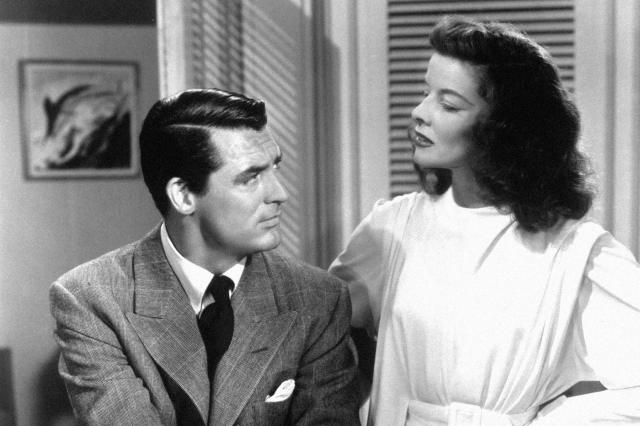
Also known as the mid-Atlantic accent, this affected manner of speech wasn’t actually a cinematic invention. It has its roots in the Northeastern U.S. elite accent, which can be traced back to wealthy New Englanders of the late 19th century. That accent is itself based on Received Pronunciation (RP) — often considered the “standard” British accent and also known as the Queen’s English, Oxford English, or BBC English. As such, the transatlantic voice is closer to accents in New York, Boston, or Philadelphia than those heard in Chicago, Dallas, or Los Angeles.
Americans who were taught to adopt this accent, often in elocution class at private schools, were told it was the “proper” way to speak, and because it sounded formal it became common among actors taking on serious roles — first onstage and then on-screen. Here is an example of the accent in The Philadelphia Story, a classic among classics, starring Grant and Hepburn:
A few of the accent’s trademarks can be heard in that scene, namely the dropped “r” sounds (“mothah” rather than “mother), also known as a non-rhotic accent; an emphasis on the hard “t” (“writah” rather than “writer”); and stretching certain vowels (“dance” becomes “dahnce”), which is called a short-a split.
The transatlantic accent is also associated with the kind of back-and-forth, rapid-fire delivery often seen in screwball comedies such as His Girl Friday, starring Grant alongside Rosalind Russell. Another practitioner was Orson Welles, who used it in arguably the most acclaimed film of all time: Citizen Kane, the masterpiece he co-wrote, produced, directed, and starred in as the title character. Beginning in the 1930s, actors working within the Hollywood studio system were actively encouraged to do likewise.
